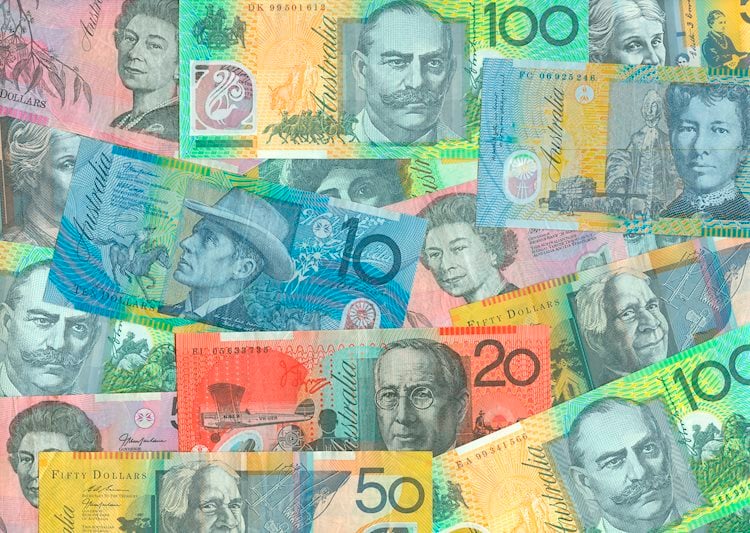Australian Dollar continues to decline following weaker economic data on Wednesday. The AiG Industry Index and Building Permits in Australia both showed negative results. Additionally, China’s Caixin Manufacturing PMI dropped in October. The IMF believes that the Reserve Bank of Australia (RBA) should tighten its policies due to persistent inflation. The US Dollar is strengthening due to higher US Treasury yields ahead of the Federal Reserve’s decision. The AUD/USD pair is facing downward pressure due to the weak Australian economic data and a strong USD. However, the Aussie Dollar received some support from robust Retail Sales data released earlier in the week. The RBA is expected to announce its policy decision on November 7, with expectations of a 25 basis points interest rate increase. The decline in China’s Manufacturing PMI adds further pressure on the Australian Dollar. The IMF acknowledges the resilience of the Australian economy but emphasizes the need for additional policy tightening. The US Dollar Index is gaining ground as investors anticipate the Fed’s decision. The focus is now on the post-meeting message from the Federal Open Market Committee (FOMC) for clues about future interest rate trajectories. Market participants will closely monitor key indicators such as the US ADP Employment Change and ISM Manufacturing PMI in anticipation of the Fed’s decision. Technical analysis shows that the Australian Dollar is hovering below the psychological level of 0.6350, with potential support at 0.6270 and 0.6250. On the upside, resistance is seen around the 50-day Exponential Moving Average (EMA) at 0.6400, with a potential target at the 23.6% Fibonacci retracement level of 0.6419. The table below shows the percentage change of the Australian Dollar against major currencies, with the AUD being the weakest against the Japanese Yen. The Reserve Bank of Australia (RBA) is responsible for setting interest rates in Australia and managing monetary policy. Its primary mandate is to maintain price stability and contribute to the stability of the currency, full employment, and economic prosperity. The RBA uses interest rates as its main tool for achieving these goals. Other tools include quantitative easing and tightening. Macroeconomic data such as GDP, PMIs, employment, and consumer sentiment surveys can influence the value of the Australian Dollar. Strong economic performance may lead to interest rate increases and support the AUD. Quantitative easing is a tool used in extreme situations when lowering interest rates is not enough to stimulate the economy. It involves the RBA printing money to buy assets, increasing the supply of AUD.
